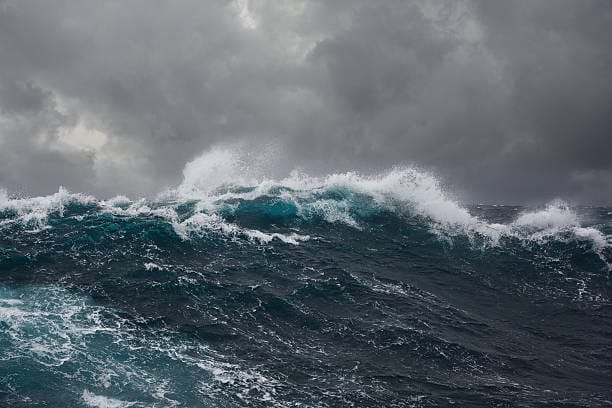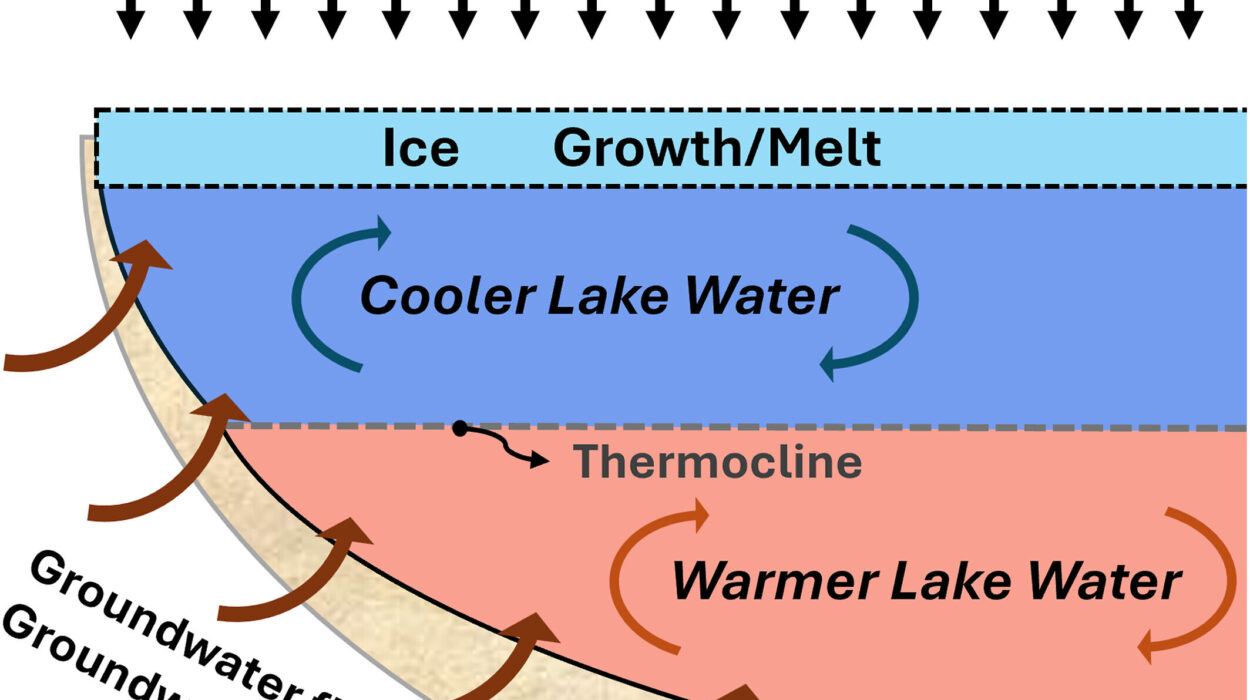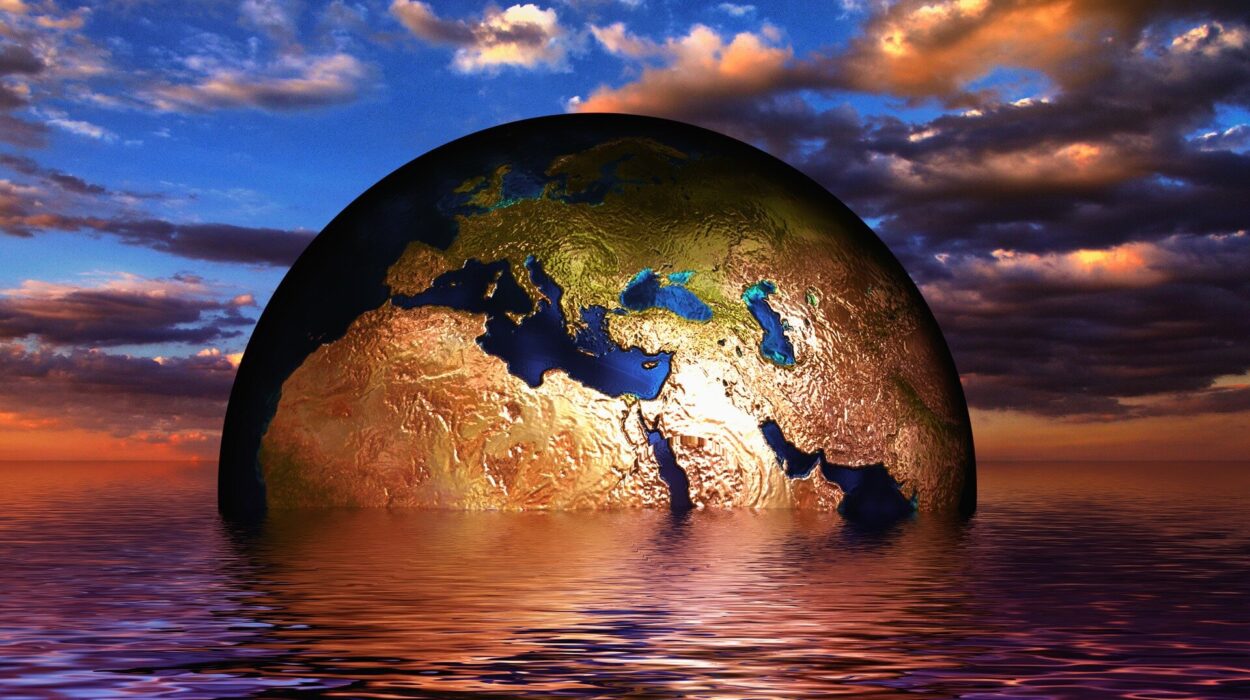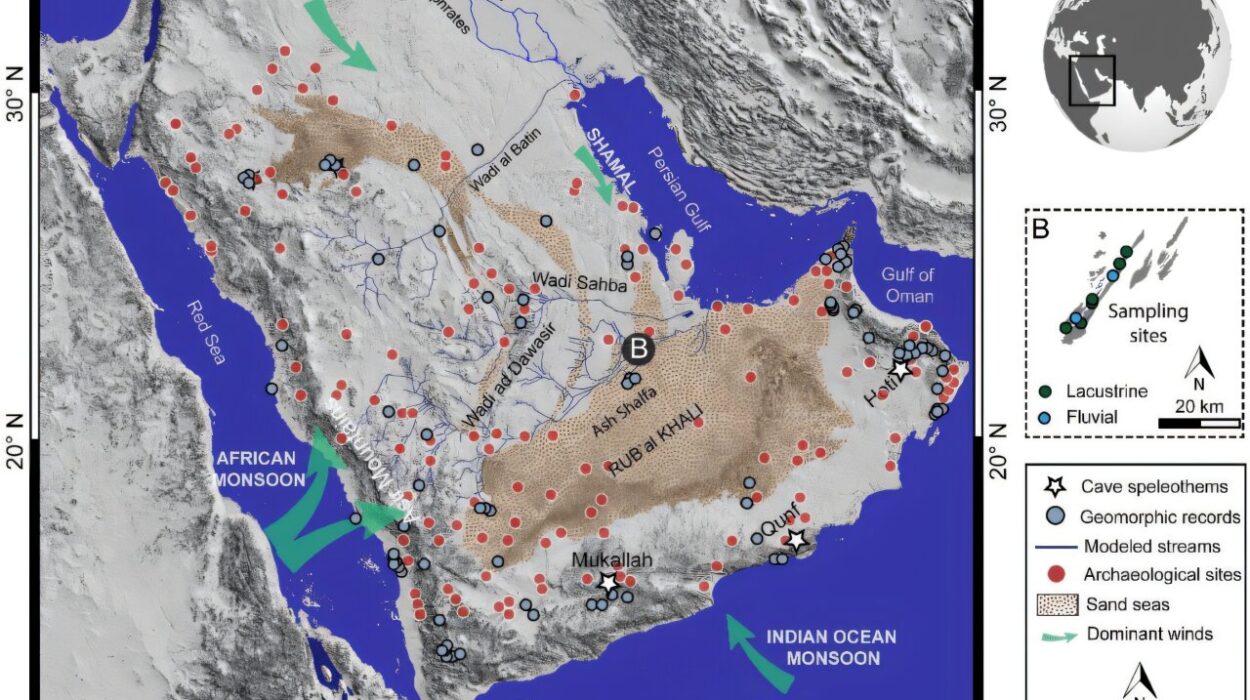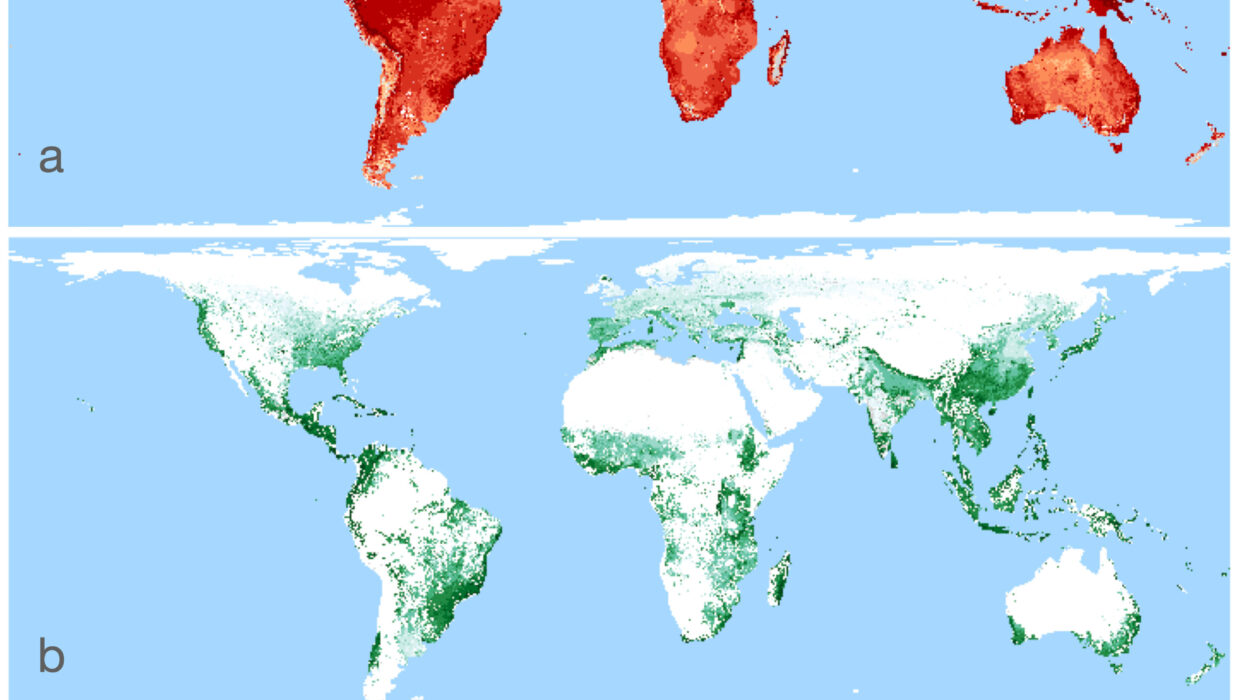Beneath the glittering blue veil of our oceans lies a hidden engine—a force so vast, so persistent, and so intricately connected to life on Earth that it defies simple understanding. The ocean is not just a watery expanse—it’s the heartbeat of our planet’s climate. It breathes, it stirs, it remembers. And more than anything else on Earth, it orchestrates the rhythm of weather around the globe.
As we gaze at a satellite image of swirling clouds, of cyclones spinning across seas and monsoons sweeping over continents, it’s easy to forget that these atmospheric giants are born not in the sky, but deep within the oceans. The ocean doesn’t just react to the weather—it creates it, molds it, and sends it rushing across thousands of miles to places that may never see a shoreline.
Let’s dive beneath the surface—to follow the currents, to feel the warmth, to trace the invisible threads by which the ocean shapes the winds, the rain, the droughts, and the storms of our world. This is the story of how oceans influence global weather, told not in data points, but in the living poetry of Earth’s grandest system.
1. The Ocean as a Giant Heat Reservoir
Imagine a planet without oceans. A place where land bakes during the day and freezes at night, where seasons swing violently and unpredictably. That planet wouldn’t be Earth. It would be chaos.
The ocean, covering over 70% of Earth’s surface, is the ultimate thermal stabilizer. It absorbs about 90% of the excess heat from global warming. Thanks to its high heat capacity, water can store vast amounts of energy without drastic changes in temperature.
During the day, the ocean swallows sunlight, soaking in warmth and storing it. At night, it slowly releases this heat back into the atmosphere, softening temperature swings and cushioning coastal regions from extremes. This buffering effect explains why islands and coastal cities have far more temperate climates than inland areas.
But the ocean doesn’t just warm and cool passively—it also redistributes heat actively. This thermal engine drives global atmospheric circulation, sending moisture-laden air across deserts, pulling dry air into wet zones, and deciding where it rains and where it burns.
In this way, the ocean doesn’t just support weather—it choreographs it.
2. Ocean Currents: Earth’s Invisible Conveyor Belts
Beneath the ocean’s surface, rivers of water surge across the globe in complex patterns. These ocean currents—some warm, some cold—move energy, nutrients, and even weather across thousands of miles.
The most famous of these is the Gulf Stream, a warm Atlantic current that carries tropical heat northward toward Europe. Without it, Western Europe would be as frigid as Siberia. The Gulf Stream is part of a larger system called the Atlantic Meridional Overturning Circulation (AMOC), often described as a “conveyor belt” that moves warm water to the poles and cold water back toward the equator.
Currents regulate more than just temperature—they guide storm paths and precipitation. A disruption in these flows, like what scientists fear could happen with the slowing of the AMOC, would radically reshape weather across continents. Europe could freeze. The Amazon could dry. Monsoons could vanish.
And here lies the subtle terror: these currents are vulnerable. A warmer, melting Arctic is freshening the salty North Atlantic, slowing circulation. If this system falters, the weather chaos unleashed would be felt in every corner of the Earth.
Ocean currents are silent sentinels. When they shift, the skies answer.
3. El Niño and La Niña: The Ocean’s Great Pendulum
Few oceanic forces influence global weather as dramatically—and as unpredictably—as El Niño and La Niña, two phases of the climate pattern known as the El Niño-Southern Oscillation (ENSO).
In a normal year, trade winds push warm surface waters from South America toward Asia, allowing cooler water to well up along the South American coast. But during an El Niño, these winds weaken, allowing warm water to slosh back eastward. The consequences ripple across the globe.
El Niño typically brings:
- Flooding in Peru and California
- Droughts in Australia, Indonesia, and India
- Warmer global temperatures
- A more active subtropical jet stream, altering storm tracks
Conversely, La Niña does the opposite. Trade winds intensify, pushing warm water further west and allowing cold water to dominate the eastern Pacific. This often results in:
- Drier conditions in the Americas
- Wetter, stormier weather in Southeast Asia
- Increased Atlantic hurricane activity
These are not subtle shifts—they are planetary mood swings. In agriculture, fisheries, health, and economics, the impacts of ENSO events are felt deeply. Crops fail, diseases spread, markets crash. The ocean does not whisper here—it roars.
And yet, predicting these events remains complex. El Niño can form suddenly, and its intensity varies. But one truth remains: when the Pacific changes mood, the world changes with it.
4. Moisture in the Air: Ocean Evaporation and Global Rainfall
Every cloud you see, every drop of rain that falls, was once ocean.
The sun’s warmth causes ocean water to evaporate into the atmosphere as vapor. This moisture travels with winds, sometimes across vast continents. It condenses into clouds and eventually falls as rain or snow—replenishing rivers, watering crops, and sustaining life.
Tropical oceans—especially near the equator—are evaporation powerhouses. Their warm waters fuel towering cumulonimbus clouds and thunderstorms that pulse with electric energy. These storms, in turn, influence global weather systems.
Evaporation doesn’t just quench the Earth’s thirst—it distributes energy. The process of turning liquid water into vapor stores heat in the atmosphere. When vapor condenses into rain, it releases this energy, fueling powerful weather systems.
The monsoons of South Asia, for instance, are driven by the seasonal shift in winds pulling ocean moisture inland. Without oceans, there would be no monsoons—no summer rains, no rice harvests, no agricultural lifeblood for billions.
When the ocean’s surface warms, more water enters the atmosphere, intensifying rainfall. That’s why climate change leads to wetter storms, stronger hurricanes, and, paradoxically, more severe droughts. Because as storms dump rain faster and harder, dry spells grow longer and drier.
The ocean is the sky’s reservoir. And the sky returns the favor—sometimes with blessings, sometimes with fury.
5. Tropical Cyclones: Born of Ocean Fury
When ocean temperatures exceed about 26.5°C (80°F), a storm may be born. Fueled by warm water and moist air, it grows, swirls, and evolves into a tropical cyclone—also known as a hurricane, typhoon, or cyclone, depending on where it forms.
The ocean is both cradle and cradle-breaker.
These storms draw their energy from evaporation over warm seas. The more heat, the more energy. That’s why climate change is creating more intense hurricanes. Not necessarily more frequent—but undeniably more powerful.
Hurricanes are complex heat engines. Warm air rises from the ocean, drawing in more air and moisture from below, spinning faster due to Earth’s rotation. A calm eye forms at the center. Walls of cloud tower miles high. The result is one of nature’s most terrifying spectacles—winds that can flatten cities, storm surges that erase coastlines.
In 2019, Hurricane Dorian parked over the Bahamas for 48 hours, its intensity sustained by warm waters. In 2020, the Atlantic saw a record-breaking 30 named storms. Super Typhoon Rai in 2021 devastated the Philippines in December—a month once considered too cool for such storms.
As oceans warm further, storms that once occurred once in a century are becoming once-in-a-decade, or worse.
The ocean is not angry. It is hot. And that makes all the difference.
6. Ocean-Driven Climate Zones and Jet Streams
The atmosphere does not float free. It clings to the surface of the planet, and the sea beneath shapes the winds above.
Ocean temperatures influence jet streams—fast-moving ribbons of air that guide weather systems across the globe. When oceanic patterns shift, so do these jets, sometimes locking weather into place for weeks.
The polar jet stream, which separates cold Arctic air from warmer southern air, is especially sensitive. A warming Arctic, driven by melting sea ice, weakens this stream. The result? Wavy, stalled patterns that bring extended droughts, floods, or cold spells far from the poles.
In 2021, a weakened jet stream helped unleash catastrophic floods in Western Europe. In 2023, it fueled Canada’s unprecedented wildfire season and Europe’s unrelenting heat dome.
Meanwhile, persistent sea surface temperature anomalies, like those from El Niño, can create blocking patterns—where weather systems get stuck, baking or drowning regions below.
Even the position of Hadley cells—tropical air circulation systems—can shift as oceans warm, moving subtropical deserts further north or south. This could turn currently fertile areas into arid lands over time.
The ocean is the cartographer of climate. It draws the lines of rainforests and deserts, steers the wind, and sets the stage for life’s stage play.
7. Long-Term Climate Memory: The Ocean Remembers
Perhaps the ocean’s most haunting power is its memory.
While the atmosphere reacts quickly to changes, the ocean responds slowly—and holds on. Heat absorbed today will continue to influence weather for decades, even centuries. This thermal inertia makes climate change a long game, not easily reversed.
The deep ocean—far below the reach of light—stores vast amounts of energy. Changes here affect surface temperatures long after greenhouse gas emissions cease. Even if emissions were to stop tomorrow, sea levels would continue to rise, and weather would continue shifting for generations.
This delayed response is both curse and opportunity. It means we must act before effects are visible. But it also means that action now buys time for the future. The ocean teaches us that resilience requires foresight.
And in its depths, it holds our planetary ledger—every puff of carbon, every degree of warmth, every promise broken.
A Liquid Giant We Cannot Afford to Ignore
As we face a century of rising temperatures, intensifying storms, and changing rainfall, the ocean is not just a background player. It is the orchestra conductor. It holds the baton to our weather, our crops, our survival.
We are terrestrial creatures, but our fate lies in the sea.
The oceans gift us rain and food, temper our climate, and shape our very seasons. But they are not infinite. They are warming, acidifying, rising—and they are telling us something.
When we burn fossil fuels, we don’t just warm the air—we awaken an ancient, slumbering giant that responds not with fury, but with inevitability.
And so, understanding the ocean is not a scientific luxury. It is a survival skill. The better we know it, the better we can predict, adapt, and protect. The storm clouds may be gathering, but the tide can still be turned.
Because the ocean, for all its power, still listens. And like every living thing—it reacts to what we do.
